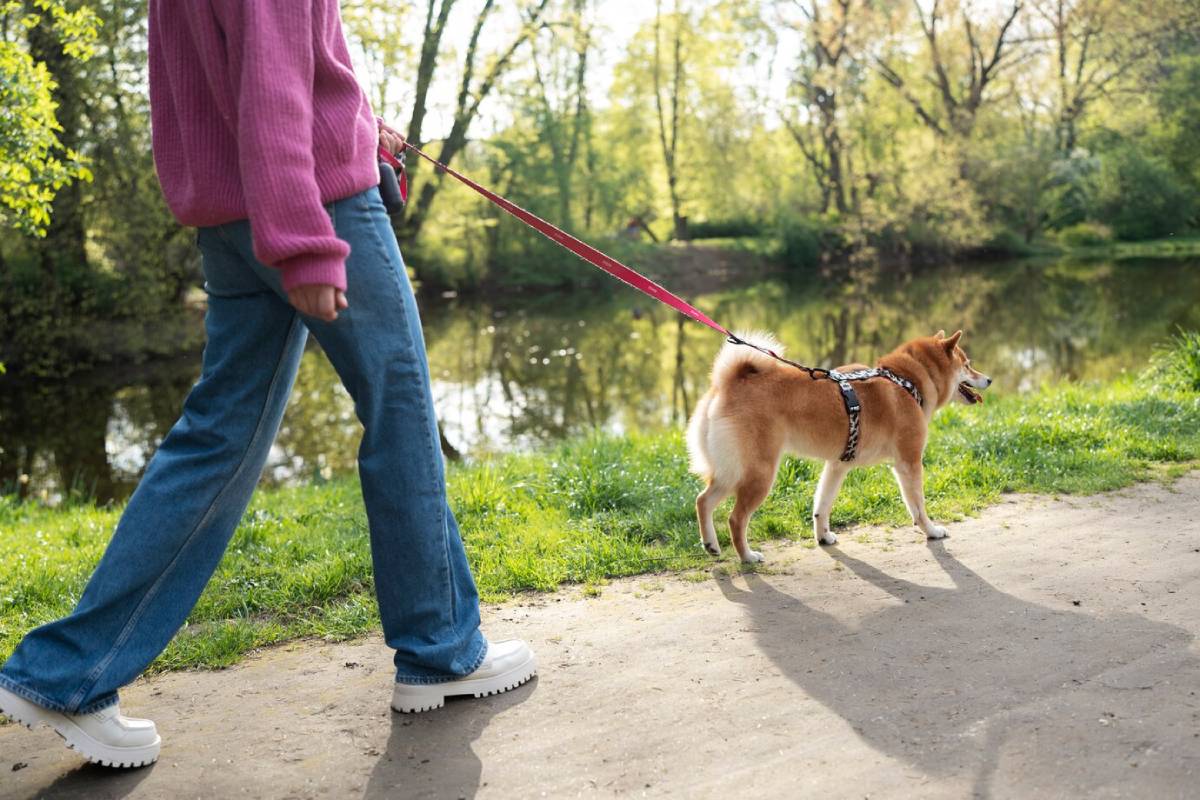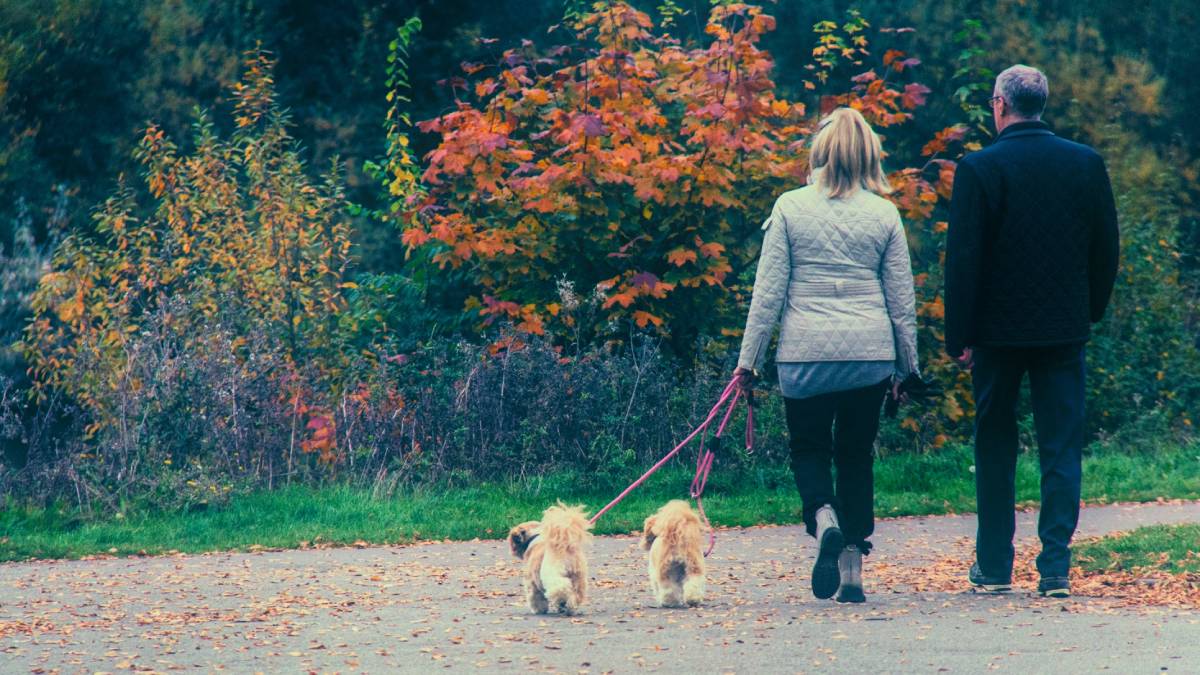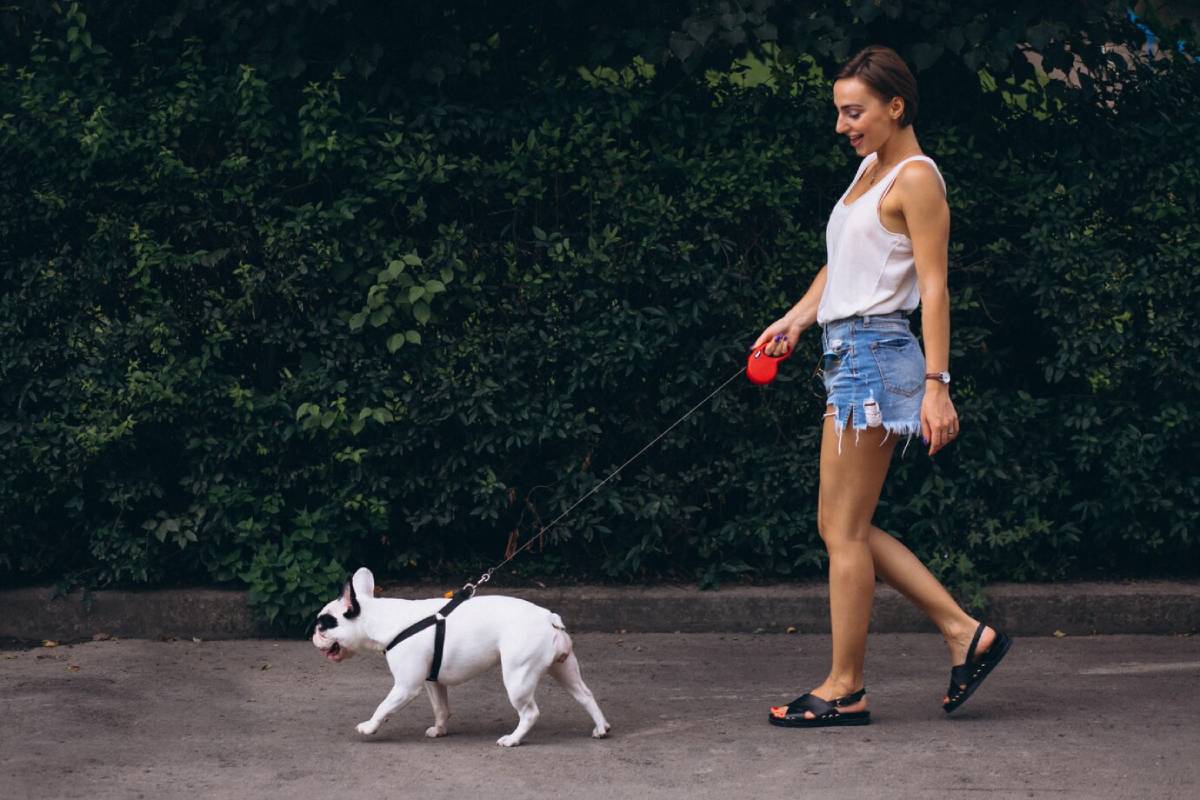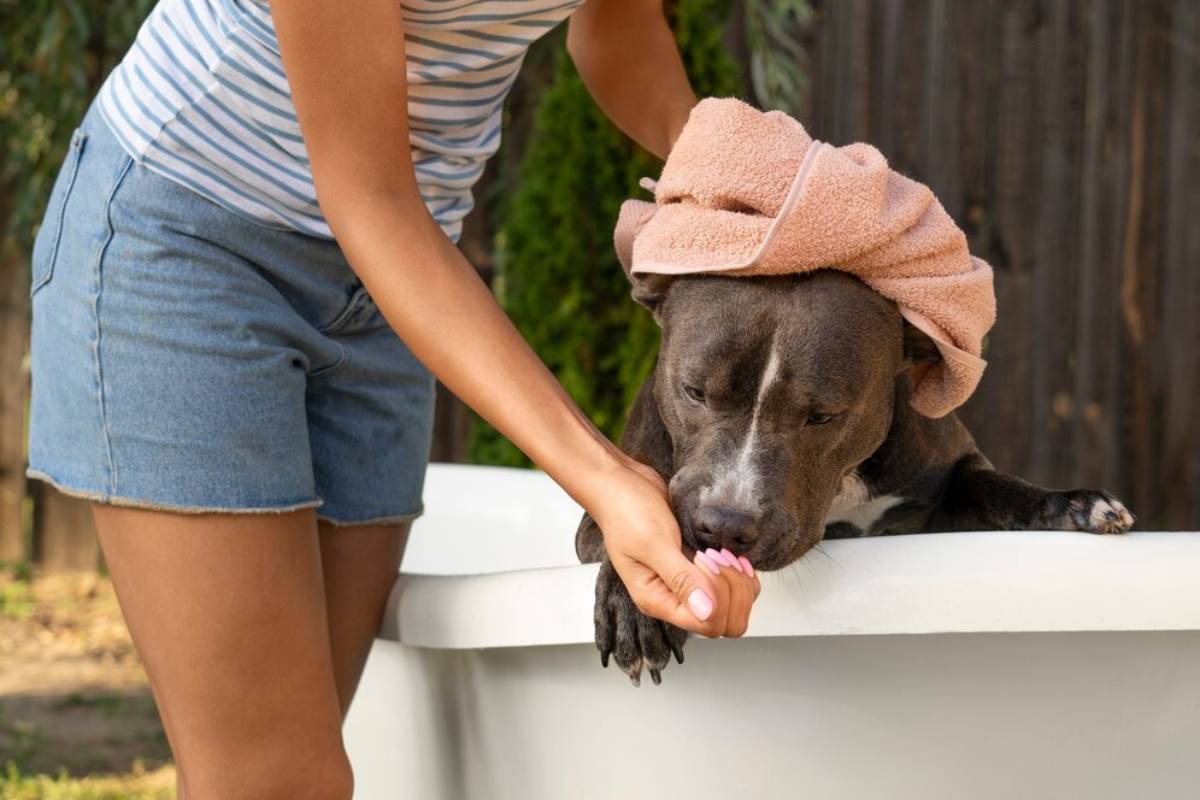
How to Train Your Dog to Walk Nicely on a Leash
Walking your dog should be a pleasure—not a tug-of-war.
Our team found that with consistent leash training, dogs of all breeds and sizes can learn to walk calmly by your side. Whether you’re teaching a curious puppy or re-training an adult dog, the key is patience, consistency, and using positive reinforcement.
Pulling on the leash is one of the most common behaviour challenges for dog owners. It turns a relaxing walk into a frustrating workout. But the good news is, leash manners can be taught—and once they’re in place, every outing becomes a bonding opportunity rather than a battle.
With the right tools and training techniques, you can teach your dog to heel, ignore distractions, and follow your lead with ease.
Pro Tip: Start leash training in a quiet, distraction-free area—like your garden or hallway—before venturing outdoors.
Quick Guide: How to Train a Dog to Walk Nicely on a Leash
- Choose the right collar or harness and a sturdy 1.5–2m leash.
- Begin training in a calm space with minimal distractions.
- Reward your dog for walking next to you with a loose leash.
- Stop moving or change direction when your dog pulls.
- Gradually increase distractions and practice daily.
Important: Never yank the leash or punish your dog for pulling. Harsh corrections can cause fear and worsen behaviour. Use calm guidance and rewards instead.
Why Leash Training Is Essential
Loose-leash walking isn’t just about control—it’s about safety, comfort, and communication.
Dogs that pull or lunge can put themselves and their owners at risk. They may slip out of collars, cause falls, or develop joint strain. For owners, the experience becomes stressful rather than enjoyable.
Training your dog to walk politely builds mutual trust, strengthens your bond, and helps your dog enjoy outdoor time with structure and calm.
Steps to Teach Your Dog to Walk Nicely on a Leash
1. Set Yourself Up for Success
Start with the right equipment:
- Harness or collar: Use a well-fitted harness or flat collar—avoid choke or prong collars.
- Training leash: A standard 1.5–2 metre leash gives enough room for comfort but keeps you in control.
- Treats: Use small, high-value treats your dog loves to reward good behaviour.
Pick a time when your dog is calm—not overly excited or restless. Begin indoors or in your garden where distractions are minimal.
2. Reward the Right Position
Your dog should ideally walk beside you, with a loose leash forming a gentle “J” shape.
Use treats and verbal praise to reinforce when your dog:
- Stays near your side
- Checks in with you (eye contact)
- Follows your pace without pulling
Try holding a treat at your hip to guide your dog into the heel position. Say a cue like “Let’s go” or “Heel” when you start moving, and reward every few steps if the leash stays loose.
3. Use the Stop-and-Go Technique
If your dog starts pulling:
- Stop walking immediately.
- Wait without speaking or pulling back.
- When your dog stops pulling or looks back at you, mark it (“Yes!”) and reward.
- Resume walking in a calm tone.
This teaches your dog that pulling gets them nowhere—but calm walking keeps the walk going.
Be consistent. Every pull must pause the walk, every loose leash earns progress.
4. Change Direction to Regain Focus
Another powerful technique is to randomly change direction:
- Say your cue (“Let’s go!”) and turn sharply.
- Encourage your dog to follow you with enthusiasm.
- Reward when they catch up and walk beside you.
This keeps your dog focused on you, not the environment. It also teaches them to pay attention to your movement instead of dragging ahead.
5. Increase Challenge Gradually

Once your dog can walk nicely in low-distraction areas, start practising in busier environments:
- Walk near other dogs or people
- Pass distractions like bins, birds, or bikes
- Walk on different surfaces and inclines
Go at your dog’s pace. If they regress, go back to easier environments and rebuild their confidence.
Best Practices for Loose-Leash Walking
Leash training works best when it’s consistent, positive, and enjoyable. Here’s how to stay on track:
- Train in short sessions: 5–10 minutes at first, multiple times a day.
- Use a marker word: “Yes” or a clicker tells your dog exactly what earned the reward.
- Avoid retractable leashes: They teach pulling and reduce control.
- Stay calm and patient: Frustration slows learning—if needed, take a break and try later.
- Celebrate small wins: If your dog walks nicely for 5 steps, that’s progress!
Consistency is more powerful than intensity. Stick with it, and your dog will learn the rules of the walk.
Tools to Support Leash Training
These products can make leash training safer and more effective:
- Front-clip harness (e.g. Easy Walk): Helps gently redirect pulling dogs.
- Treat pouch: Keep rewards handy without fumbling.
- Head halters (e.g. Gentle Leader): Offers more control for strong pullers—use with guidance.
- Training clicker: Marks good behaviour instantly for faster learning.
- No-pull leashes: Some leashes have built-in tension control or dual handles for training support.
Always choose humane, comfortable gear that fits your dog’s size and breed.
Warning: Avoid using choke chains, slip leads, or prong collars. These tools may stop pulling temporarily but can cause fear, injury, and long-term behaviour problems. Positive methods build lasting results.
Frequently Asked Questions About Leash Training
1. How long does it take to leash train a dog?
It depends on your dog’s age, temperament, and previous habits. Some dogs improve in a few weeks with daily practice, while others take longer. Be patient and consistent.
2. What if my dog pulls toward other dogs or distractions?
Increase distance and practice focus exercises (like name recall) in quiet areas first. Gradually decrease distance as your dog learns to stay focused on you.
3. Is it too late to train an older dog to walk nicely?
Not at all! Older dogs can absolutely learn new leash habits with consistent, reward-based training.
4. Should I use a retractable leash for training?
No. Retractable leashes encourage pulling and reduce your control. Use a fixed-length leash during training for better communication.
5. What if my dog refuses to move or lies down on walks?
It could be due to fear, discomfort, or confusion. Try using treats to encourage forward movement, and check that your equipment fits properly. If it persists, consult a trainer or vet.
Enjoy Peaceful Walks With Your Dog

Teaching your dog to walk nicely on a leash transforms your daily walks from stressful to enjoyable. It’s not about dominance or control—it’s about communication, trust, and teamwork.
With patience, positive reinforcement, and daily practice, your dog will learn that staying close, paying attention, and walking calmly are the keys to outdoor adventure.
Start small, celebrate progress, and remember—each step forward, no matter how small, is a win worth wagging over.


